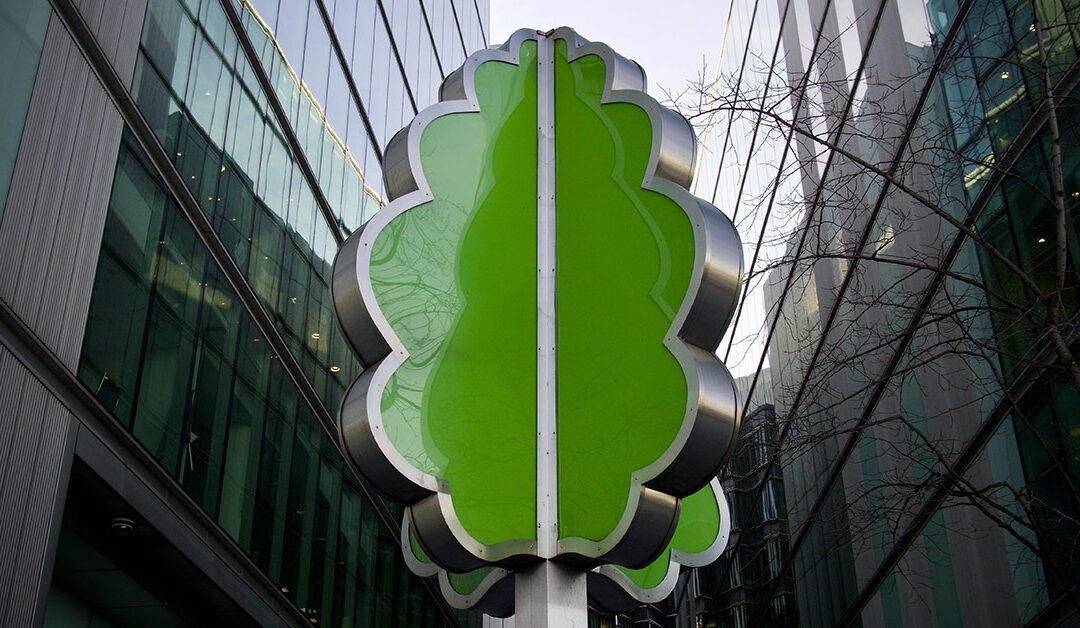The U.S. Green Building Council’s (USGBC) Leadership in Energy and Environmental Design (LEED) green building certification is a sought-after recognition for both new and existing buildings. In fact, LEED is the most widely used green building rating system in the world. In 2019, more than 2,200 LEED projects were completed, totaling more than 501 million square feet.
Given that many of these facilities are likely managed by building service contractors (BSCs), it is important for service providers to understand the nuances of facility management in green buildings. What best practices can BSCs follow to ensure that they are serving their sustainability-minded customers effectively?
Buildings Go Green
LEED-certified buildings realize many benefits, including:
- Economic benefits – LEED offers real cost savings, both in the short term and long term. USGBC estimates that LEED-certified buildings achieved $1.2 billion in energy savings, $149.5 million in water savings, $715.3 million in maintenance savings and $54.2 million in waste savings from 2015 to 2018. While these figures are on a smaller scale for individual projects, resource and maintenance savings at one site can still be noticeable.
- Environmental benefits – Cost reduction is not the only valuable outcome of greener operations. After all, sustainability efforts are meant to protect the planet. LEED buildings make a positive impact on CO2 emissions, landfill waste and water use. Carbon is a greenhouse gas that contributes to global warming, so it is in a facility’s best interest to find ways to curb emissions. So how do these savings stack up to non-certified commercial buildings? LEED buildings use 25% less energy. For large buildings like convention centers, airports and skyscraper office buildings, that figure is especially significant.
- Health benefits – LEED-certified facilities promote better indoor air quality, which is good news for building occupants and visitors, especially those who may suffer from asthma and allergies. This is because poor indoor air quality can trigger unpleasant symptoms such as headaches, sinus congestion, coughing and fatigue. Indoor air is not the only beneficiary. LEED-certified buildings support better outdoor air as well, contributing to cleaner communities. Businesses that operate in LEED buildings also report superior retention and employee productivity rates.
The fact that green buildings provide an ROI, pollute the planet less in comparison to non-certified buildings and offer health benefits for occupants means that there is mounting evidence to support corporate sustainability. Organizations that put the time and effort into achieving LEED certification can rest assured that their investment is profitable, not only for the bottom line but also for their reputation, the planet and their people.
LEED-certified Building Maintenance
BSCs overseeing cleaning programs in facilities that have either achieved LEED or are seeking certification can follow a LEED-certified facility maintenance schedule to ensure their approach ladders up to the customer’s sustainability goals.
- Review your chemical inventory – Unfortunately, with so many chemicals on the market, and so many purporting to be “green,” it can be difficult to keep up with which products are truly sustainable. Greenwashing is rampant, so watch out for ambiguous claims, scientific jargon that is meant to mislead and even imagery intended to evoke an image of sustainability when in fact the chemical is potentially toxic.
Closely examining product labels and manufacturers’ claims will help you weed out products that do not align with your sustainability goals. Look for products that do not contain volatile organic compounds (VOCs) or fragrances that might aggravate health conditions. Chemicals that are safer for cleaning professionals, building occupants and the environment will also be better for the surfaces being cleaned, whether it is carpet or tile flooring, marble counters or wood desks.
- Opt for resource saving equipment – Equipment that reduces water and energy use, especially equipment that is used by employees on a regular basis, can have a big impact on total resource consumption. Floor care is one area where BSCs can achieve resource savings.
Take a look at the auto scrubbers your team uses to maintain floors to see if they are equipped with technology that controls the flow of solution as the speed of the machine changes. This can limit the overuse of chemical and help floors dry more quickly. Additionally, you can utilize a low-moisture system for carpet care. Through a process called encapsulation, the carpet care chemistry crystallizes surface and embedded soils, eliminating the need for large volumes of water that are frequently used to clean carpet.
- Adjust your cleaning shifts – During the pandemic, many BSCs recognized the value in moving their employees’ shifts to earlier hours so that cleaning was visible while facility guests and occupants used the space. Rather than working from 5 pm to midnight, cleaners could complete much of their work during daytime hours. This reduces reliance on lighting and HVAC during the evening hours, resulting in energy savings for buildings.
LEEDing the Way
As more new construction and retrofit projects seek LEED certification, it will be increasingly important for building service contractors to showcase their ability to properly maintain these green sites. BSCs that have carefully vetted their chemicals, tools and equipment through a sustainability lens are better equipped to develop high performance green cleaning programs that contribute to LEED and reduce unnecessary waste, harmful environmental impacts and risks to building occupants. From more sustainable carpet care to disinfection to chemical dispensing, there are a variety of tactics that BSCs can incorporate in their LEED-certified facility maintenance schedule to make the cleaning process greener, which benefits people, the planet and profits.

